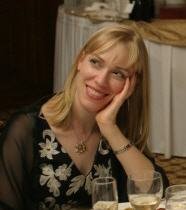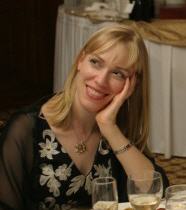Yesterday, I held a wild bird in my hands.
It was my first on-the-street training as a volunteer with FLAP (Fatal Light Awareness Program), and yesterday around 7:00AM, our little group found a Northern Flicker (a woodpecker that tends to be about a foot tall) lying at the base of an office building in downtown Toronto. It must have just recently hit a window, because after we picked it up, it appeared to be conscious and its feet clung strongly to my finger as I held it with the other hand. The way its head drifted to one side and its eyes bulged slightly suggested that it had suffered some kind of brain trauma. Irene, our trainer, blew gently on its head to separate its feathers so she could apply aconite, a first aid homeopathic remedy, to its skin. With reverence and hope, it was placed in a paper bag for transport to the Toronto Wildlife Centre, where it could be examined, treated, and, hopefully released north of the city to continue its migratory route.
Why were we in the downtown core at some god-awful time yesterday (and today)? Because we knew chances were good that the Northern Flicker – and perhaps dozens of other migrating songbirds – would be confused and trapped among the maze of skyscrapers. And we wanted to help.
Songbirds migrate at night so as to avoid predators like hawks. Apparently they navigate by the stars, and can be confused by the lights that are left on overnight in buildings. They end up hitting glass in the hours around dawn or, weak and exhausted from their overnight travels, will spend the day among the buildings, disoriented by the reflective glass. The results are often injury, death, or such exhaustion that they are very vulnerable to predators.
Conservative estimates suggest that one billion songbirds die each year in North America due to building strikes. Conservative estimates. One BILLION songbirds a year.
You might wonder why you don’t see masses of little songbird bodies all over the place if the problem is so prevalent. Well, the answer is a bit grisly. There are seagulls, raccoons, rats, and cats that clean up the dead and injured birds pretty quickly.
So I’ve decided to do my bit to help. There are lots of causes out there, and I truly have little justification for caring about songbirds rather than the homeless people I see while on my rounds. But this is what I’m drawn to, and at least I am doing (and learning) something.
And I have the added benefit of holding in my hands – for however short a time – something wild and beautiful and wondrous.



